In the first 7 months of 2024, rice exports to the Chinese market decreased by 68.4%, while for pepper, the decrease was recorded at 85% compared to the same period.
Rice and pepper exports to China decrease by double digits
According to the report of According to the Ministry of Agriculture and Rural Development, in the first 7 months of 2024, agricultural, forestry and fishery exports to the Chinese market reached 7.04 billion USD, up 11.3% over the same period last year. China continues to be the second largest market (after the United States), accounting for 20.5% of the total export turnover of the entire agricultural sector in the past 7 months.
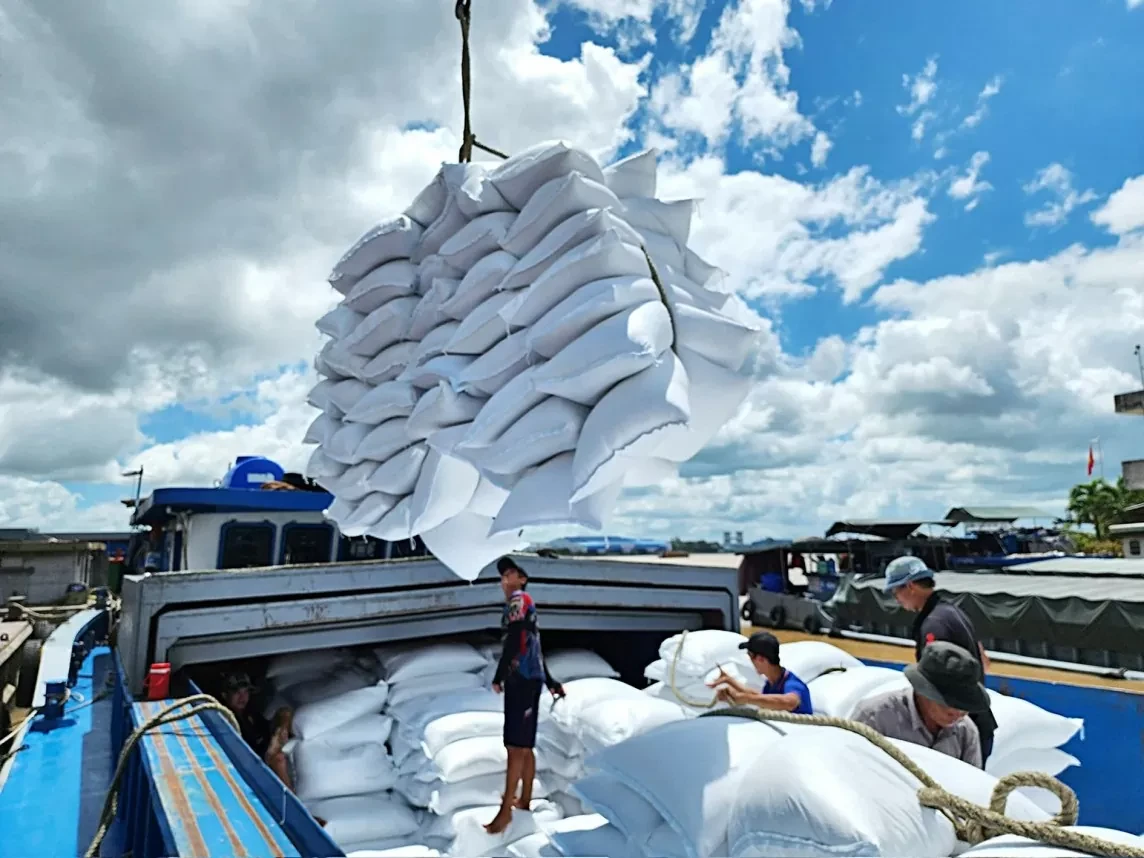
Many export items to China continued to increase sharply. For example, fruit and vegetable exports to this market reached 2.5 billion USD, up 25% over the same period. Items such as seafood, cashew nuts, wood, coffee... also recorded good growth rates in the first 7 months of 2024.
Despite increasing purchases of many Vietnamese agricultural products, China has sharply reduced its imports of rice and pepper from Vietnam in the first months of this year. Specifically, by the end of July 2024, pepper exports to the Chinese market reached only 8,000 tons, a sharp decrease of nearly 85% compared to the same period last year. Similarly, rice export to this billion-people market in the first 7 months of 2024 reached 130.8 million USD, a sharp decrease of 68.4% over the same period last year.
According to statistics, in 2012, China was the largest customer of Vietnamese rice exports, with a turnover of 898 million USD, accounting for 27.5% of the total rice export value. The value of Vietnamese rice exports to China in the period 2012-2016 remained relatively stable. In 2017, rice exports to this market increased dramatically, reaching nearly 1.03 billion USD, accounting for nearly 40% of the total rice export value of our country.
However, rice exports to the Chinese market plummeted, reaching only about 640 million USD in 2018. By 2019, the export turnover dropped to 240.3 million USD. With this figure, China fell from being Vietnam's No. 1 rice export market to No. 3. In 2021, China was in the Top 5 rice export markets of Vietnam. However, this year, rice exports to this market decreased sharply.
Diagnosing the cause of export decline
As an enterprise exporting to the Chinese market, Mr. Pham Thai Binh - Chairman of the Board of Directors of Trung An High-Tech Agriculture Joint Stock Company - said that the decrease or increase in purchases depends on market supply and demand. For Trung An, rice export orders to China are not as many as other markets.
Notably, in recent years, China has raised its standards for the quality of goods, including rice. In the high-end rice segment, fragrant rice, glutinous rice or ST24... require strict quality and packaging design. Meanwhile, in the mid-range segment, Chinese importers prefer cheap goods and broken rice for processing. They import large quantities but prioritize low prices, so Vietnamese businesses find it difficult to compete with rivals in other countries.
Commenting on some difficulties that make our rice export to the Chinese market difficult, according to the Vietnam Trade Office in China, every year, China issued import quotas for rice. In recent years, China's rice import quotas have not changed much. Specifically, in 2023, the country's rice import quota is at 5.32 million tons, of which the quota for long-grain rice is 2.66 million tons and short-grain rice is 2.66 million tons. This number has not changed in recent years. In addition, China currently only allows 21 enterprises to export rice to this market (out of a total of about 200 licensed enterprises).
On the other hand, currently, rice products on the Chinese market are of relatively high quality, and exporting countries pay great attention to packaging. Through the work of grasping the situation, the Trade Office found that the packaging of Thai and Lao rice present in the Chinese supermarket system (even the supermarket system in the Northern China region - an area that is relatively strict in terms of product quality and packaging requirements) is packaged very firmly, eye-catching and suitable for the tastes of Chinese consumers. Notably, since the outbreak of the Russia-Ukraine conflict, there have been many fluctuations in the global food supply, so the structure of China's food imports has also been affected.
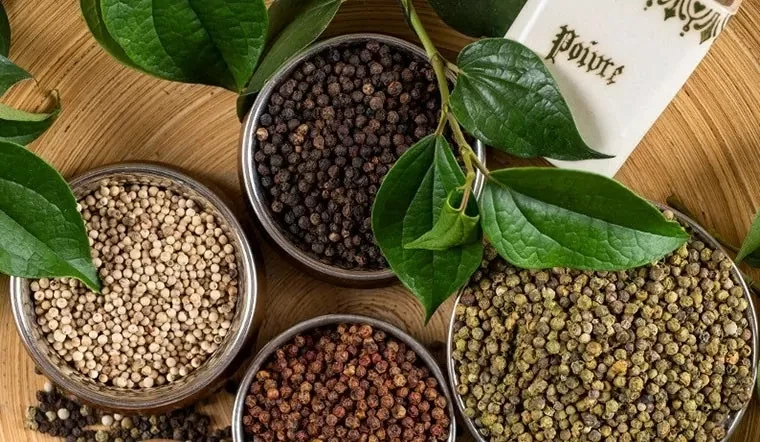
With item Pepper, according to the Vietnam Pepper and Spices Association (VPSA), China used to be Vietnam's second largest pepper export market, but has now dropped to fifth place after the US, Germany, India and the UAE.
Some businesses exporting this item commented, pepper price China's domestic pepper imports are lower than imports. In addition, the world's second largest economy grew more slowly than expected in the first half of this year, so people's spending needs decreased and inventories remained sufficient. These are the reasons why this country has sharply reduced pepper imports from Vietnam. VPSA forecasts that the import demand for this agricultural product from Chinese market difficult to improve in the second half of the year.
Regarding China's reduction in imports of Vietnamese pepper and increase in purchases of Indonesian pepper, Mr. Hoang Phuoc Binh - Permanent Vice President of the Chu Se Pepper Association (Gia Lai) - raised the issue that the price of Indonesian pepper is not lower than the price of Vietnamese pepper, but even higher than the price of Vietnamese pepper. Thus, it is clear that this does not stem from price reasons. The question is why did China increase its purchases of Indonesian pepper? What type of pepper did it increase its purchases? Is it a familiar item to the market, customers, and tastes of the Chinese people?
Previously, China often bought pepper using the soaking technology and they are still accepting this item. Meanwhile, many leading Vietnamese export enterprises are focusing on making white pepper - using steaming technology instead of soaking technology as before and boosting exports to the US and EU markets. Is this the reason? Another issue that can also be mentioned is whether China is tightening the export of unofficial pepper, this could be an obstacle that prevents China from importing much pepper from Vietnam?
Returning to rice, Mr. Nong Duc Lai - Commercial Counselor in China - said that China is a populous country and its people have the habit of eating rice every day. This habit has entered the culinary culture of the Chinese people, so the demand for rice in this market is very large. However, China is also the country that produces and has the largest rice output in the world.
To increase the chances rice export When entering the Chinese market, the authorities recommend that businesses closely monitor developments in the Chinese rice market, update market information, promptly grasp the latest movements of the importing country's market, respond promptly and seize opportunities. Currently, fragrant rice, high-quality rice, ST24 and ST25 rice are popular in the Chinese market, so businesses need to maintain, promote and expand market share, and at the same time take advantage of building brands for Vietnamese rice products in this market.
Source



![[Photo] General Secretary To Lam receives Russian Ambassador to Vietnam](https://vstatic.vietnam.vn/vietnam/resource/IMAGE/2025/4/2/b486192404d54058b15165174ea36c4e)
![[Photo] Third meeting of the Organizing Subcommittee serving the 14th National Party Congress](https://vstatic.vietnam.vn/vietnam/resource/IMAGE/2025/4/2/3f342a185e714df58aad8c0fc08e4af2)






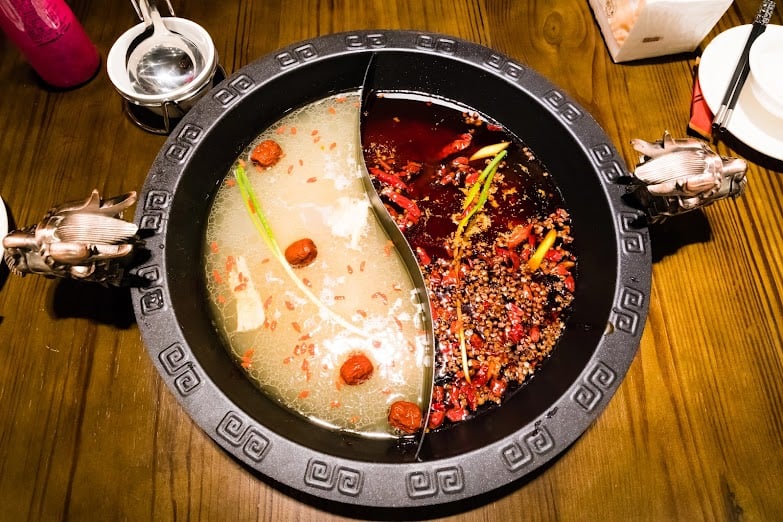
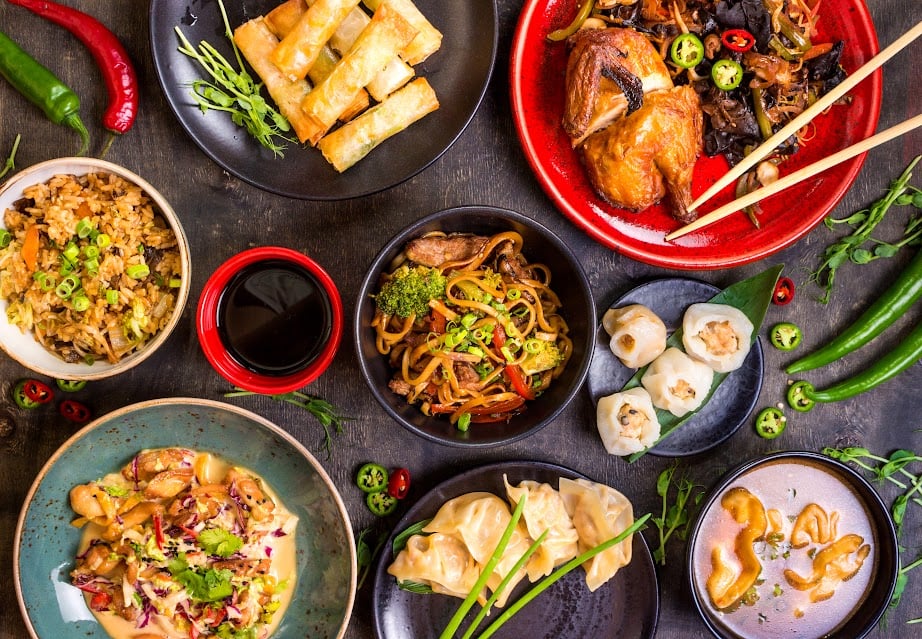
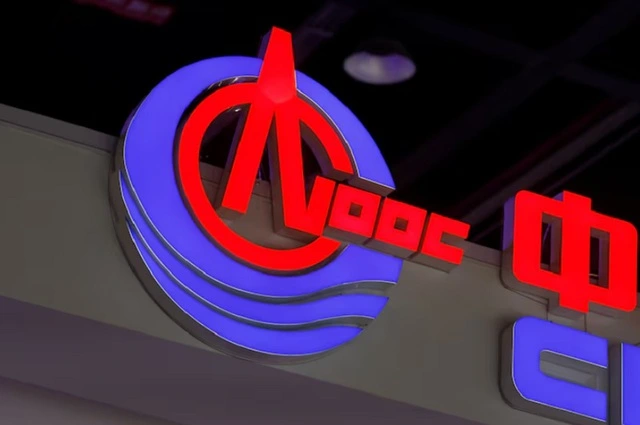






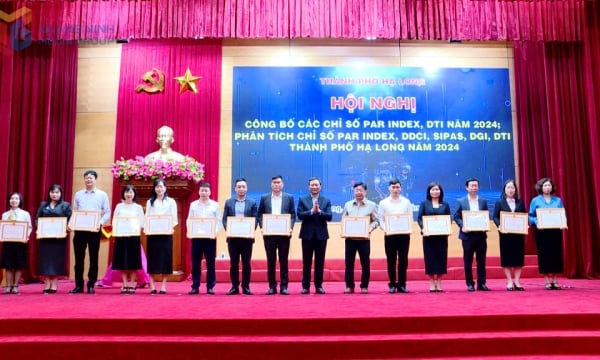





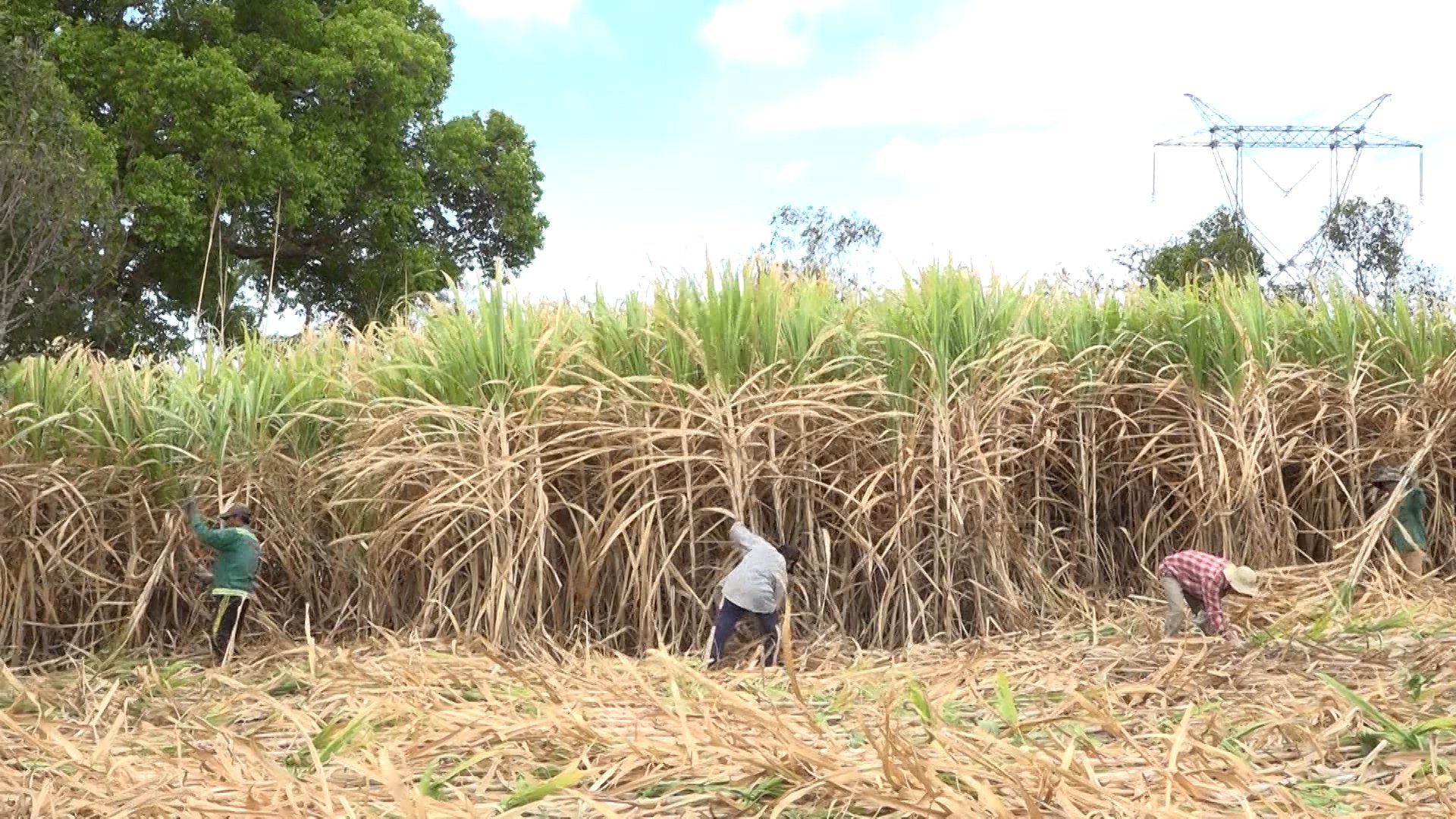


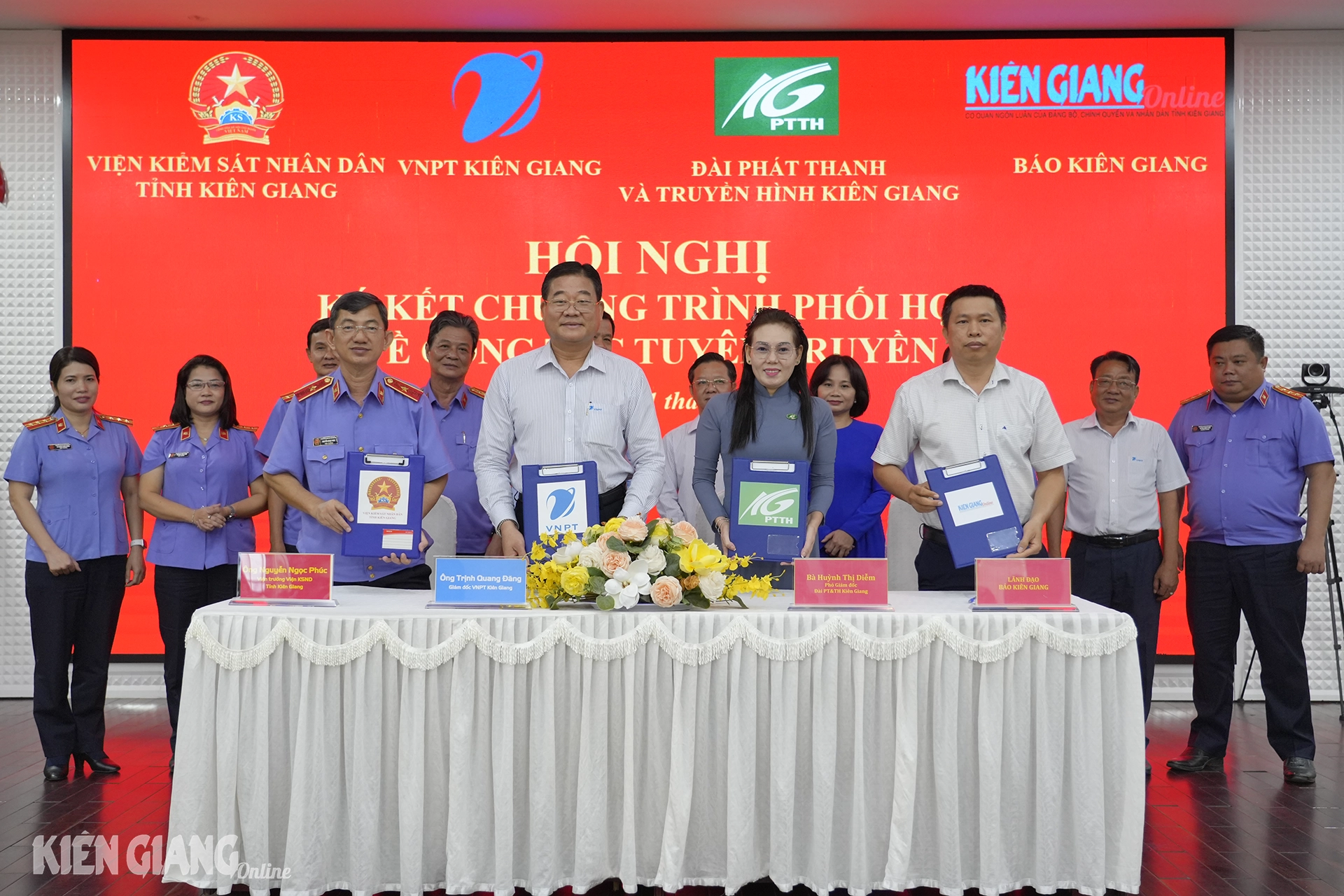

![[Photo] Relatives of victims of the earthquake in Myanmar were moved and grateful to the rescue team of the Vietnamese Ministry of National Defense.](https://vstatic.vietnam.vn/vietnam/resource/IMAGE/2025/4/2/aa6a37e9b59543dfb0ddc7f44162a7a7)









































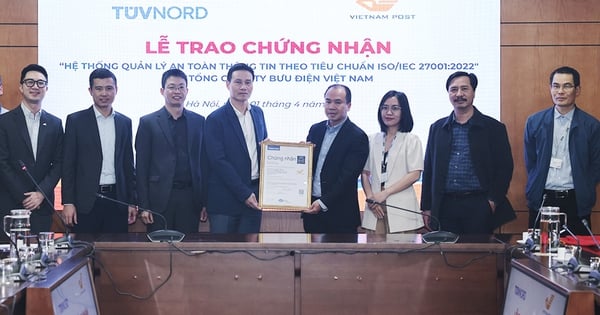




















Comment (0)